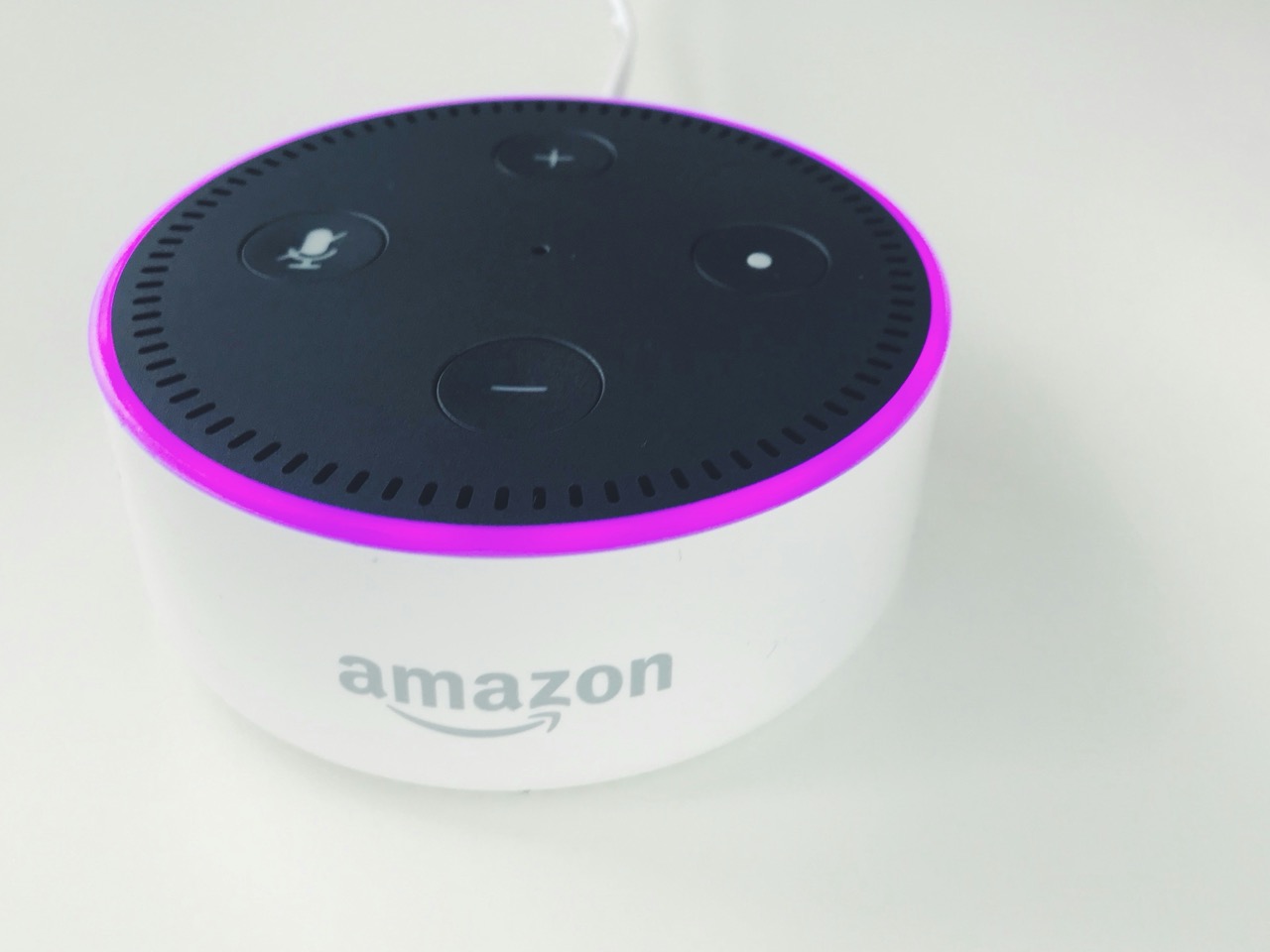In recent years, the convergence of technology and textiles has led to the emergence of smart fabrics—innovative materials that enhance or add functionality to traditional textiles. These fabrics are not just about aesthetics; they are imbued with advanced features that can sense, react, and adapt to various environmental stimuli. As tech innovators explore ways to incorporate electronics, sensors, and other technologies into fabric design, the scope of applications expands exponentially. This article delves into the key technologies driving these innovations, their applications across industries, and the future trends that may shape the sustainable development of smart fabrics.
Exploring the Intersection of Technology and Textiles
The blending of technology and textiles is not a new concept; however, recent advancements have propelled this intersection into the forefront of innovation. Traditional textiles are being infused with sensors and conductive threads, allowing them to interact with users and their environments in unprecedented ways. This transformation is made feasible by research and development in fields such as material science, electronic engineering, and design thinking, fostering collaboration among cross-disciplinary teams.
Innovators are employing various techniques to create fabrics that perform specific functions. For instance, weaving electronic components directly into the fabric or embedding microprocessors produces clothes that can monitor health metrics or adjust temperature. Textiles that can communicate with other devices are revolutionizing how we think about clothing and wearable technology, ultimately enhancing user experience and functionality.
Moreover, the creativity involved in this field is staggering. Designers are not only focusing on functionality but also on aesthetics and comfort. As smart fabrics become more mainstream, the challenge remains to ensure that these innovations do not compromise the beloved qualities of traditional textiles. Striking a balance between high-tech integration and consumer preferences is an ongoing endeavor for tech innovators.
Key Technologies Driving Smart Fabric Innovations
Several key technologies underpin the development of smart fabrics, propelling their functionality and applications. Conductive materials, such as conductive yarns and polymers, enable the integration of electronic components directly into the fabric, allowing for functionalities like energy harvesting and biometric monitoring. These materials can conduct electricity, making it possible to create textiles that respond to electrical signals, thereby opening new avenues for interaction.
Another critical technology is the development of micro-electromechanical systems (MEMS), which can be embedded in textiles. MEMS technology allows for tiny sensors and actuators to be integrated into fabrics, enabling them to detect changes in the environment. For example, wearable sensors can monitor vital signs such as heart rate and body temperature, providing real-time data to both users and healthcare providers. These advancements are particularly significant in the health and fitness sectors, where data-driven decision-making can lead to improved outcomes.
Moreover, advancements in wireless communication technologies, such as Bluetooth and NFC (Near Field Communication), facilitate seamless interaction between smart fabrics and external devices. This connectivity allows users to control functions through smartphones or other gadgets, creating a more integrated user experience. As these technologies continue to develop, we can expect the capabilities of smart fabrics to expand, leading to even more innovative applications.
Applications of Smart Fabrics in Various Industries
The potential applications of smart fabrics are vast and varied, extending across multiple industries. In healthcare, smart fabrics are being developed to create wearable devices that monitor health metrics continuously. These fabrics can alert patients and healthcare professionals to critical changes in health conditions, enabling proactive interventions. For instance, smart bandages that monitor wound healing and transmit data to doctors can significantly enhance patient care.
In the fashion and sports sectors, smart fabrics are being used to enhance performance and comfort. Athletes can wear clothing that adjusts to body temperature, wicks moisture, and even provides feedback on their performance. Companies are developing activewear that integrates sensors to measure muscle activity and fatigue levels, allowing users to optimize their training regimes. This not only improves athletic performance but also enhances overall well-being.
The military and defense industries are also leveraging smart fabrics for enhanced functionality. Uniforms embedded with sensors can monitor soldiers’ health and environmental conditions, providing critical situational awareness. Additionally, smart textiles with camouflage features can adapt to surroundings, improving stealth in various operational scenarios. As these applications demonstrate, the impact of smart fabrics is poised to redefine standards across numerous sectors, from personal health to defense.
Future Trends in Smart Fabric Development and Sustainability
As the demand for smart fabrics grows, sustainability will play a crucial role in future developments. Innovators are increasingly focusing on sourcing materials that are eco-friendly and biodegradable, ensuring that the advancements in textile technology do not come at the expense of environmental responsibility. For instance, researchers are exploring the use of organic materials and recycled fibers in the creation of smart textiles, aligning with global sustainability goals.
In addition, the trend towards circular fashion—designing products with the end of their lifecycle in mind—is influencing how smart fabrics are developed. This involves creating fabrics that can be easily recycled or repurposed. Innovators are working on techniques that enable smart textiles to be disassembled and their components reused, reducing waste and promoting sustainable consumption patterns.
Lastly, as smart fabrics become integrated into everyday life, user experience will drive innovation. Future developments may include fabrics that can learn from user behavior, adjusting their properties based on preferences and environmental conditions. This adaptive technology will not only enhance functionality but also create a more personalized experience for users, ensuring that smart fabrics remain at the cutting edge of consumer technology.
The evolution of smart fabrics represents a significant leap forward in the intersection of technology and textiles. As tech innovators continue to push the boundaries of what is possible, the integration of functionality, aesthetics, and sustainability will shape the future of this field. With applications spanning healthcare, sports, military, and fashion, smart fabrics are set to revolutionize how we interact with our clothing and environments. As we look ahead, embracing sustainable practices and user-focused innovations will be critical in realizing the full potential of this remarkable technological advancement.
